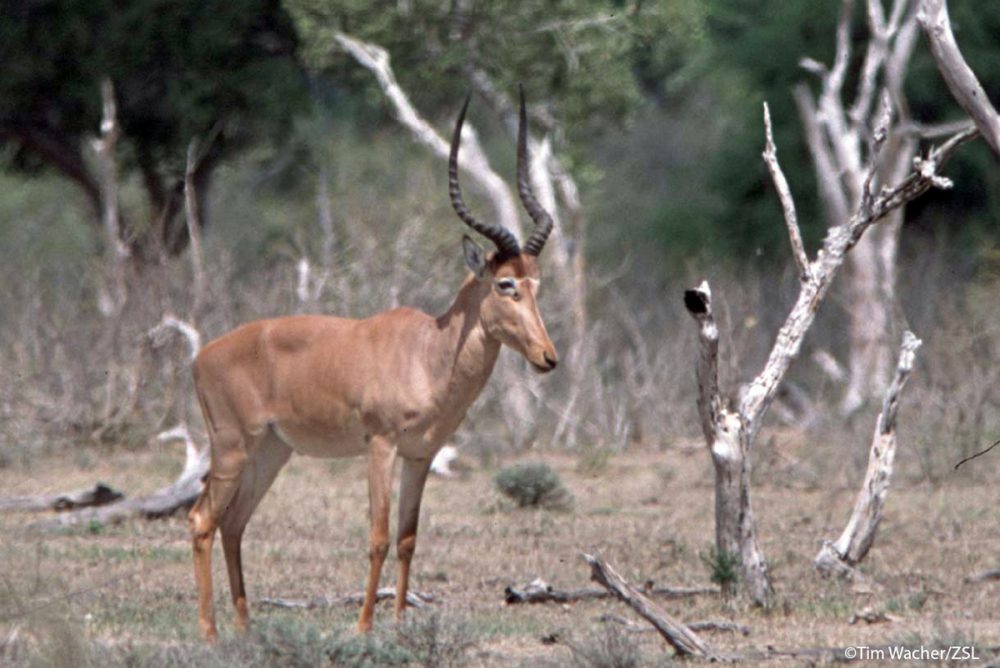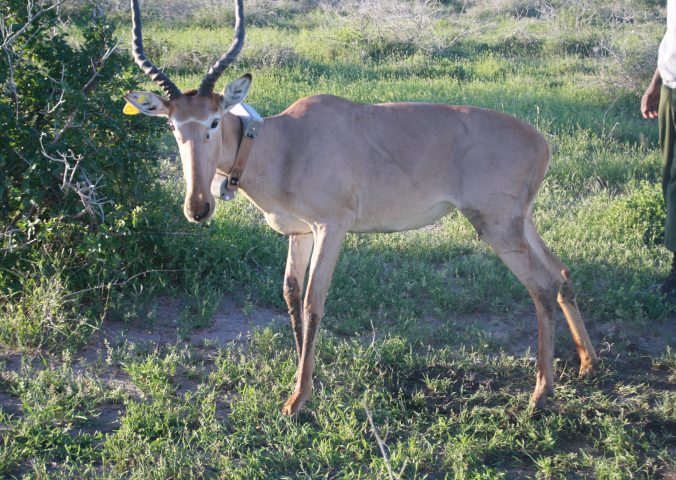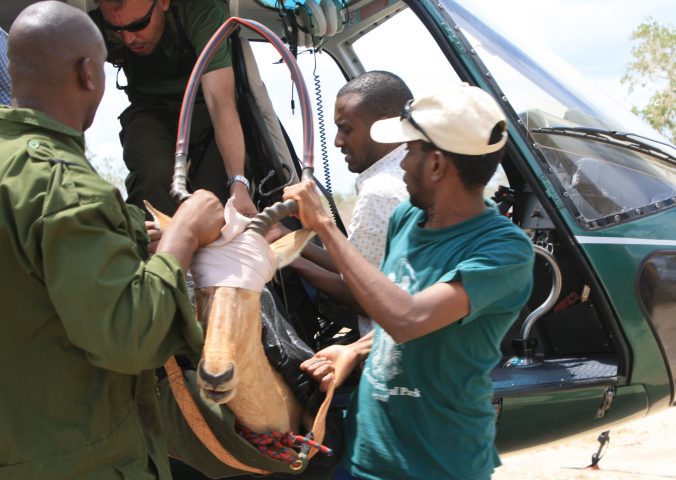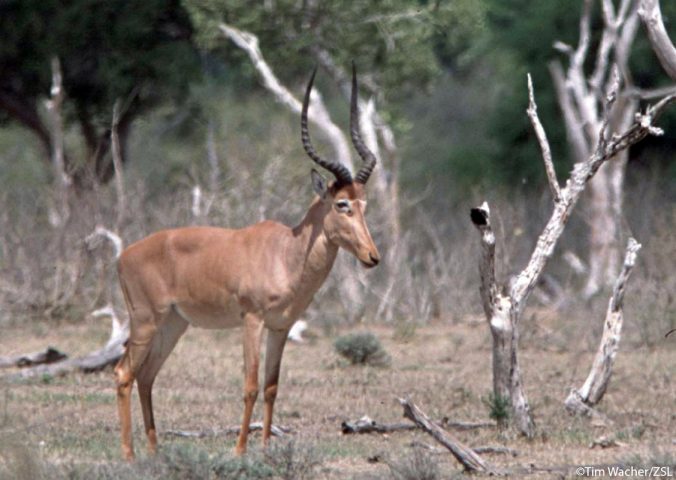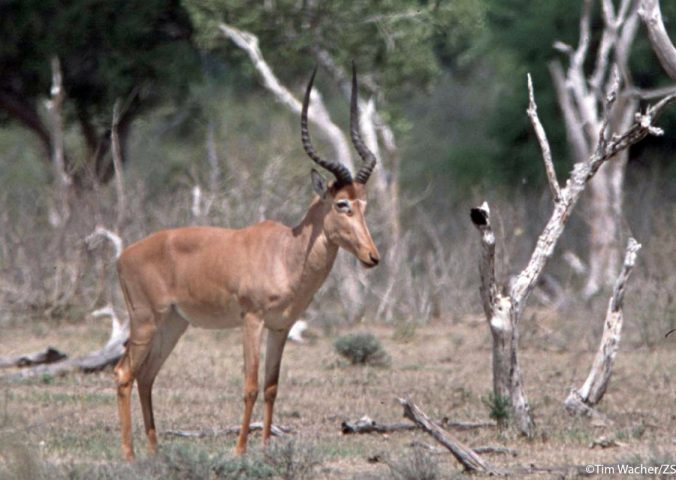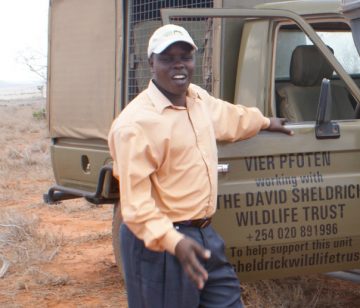About
Perhaps the world’s rarest and most endangered antelope, the hirola is the sole survivor of a formerly diverse group, and is often referred to as a living fossil.
They are the sole member of their genus, Beatragus, they come from the larger family of Bovidae; which include sheep, buffalo, cows and antelopes. The hirola belongs to the subfamily Alcelaphinae (which includes hartebeests, wildebeests, and topi). This subfamily is thought to have diverged from the other bovid subfamilies during the early Miocene around 7 million years ago, probably as a result of the separation of the African and Eurasian continents.
The name hirola derives from the Somali pastoral community, which has given refuge to this species and consider it to have spiritual significance which is linked to cattle keeping. They consider its presence a good sign and they fear that if it goes they will lose all their cattle as well.
Hirola have dark glands under their eyes used to mark their territories, giving them the name the four eyed antelope. Once common throughout East Africa, the hirola has suffered a devastating decline in the last 30 years, with numbers plummeting from around 14,000 in the 1970s to an estimated 600 today. The surviving hirola are threatened by drought, poaching and habitat loss. Intensive conservation efforts are needed if this rare and beautiful antelope is to survive.
- Order: Cetartiodactyla
- Family: Bovidae
- Population: 402 - 466
- Trend: decreasing
- Size: 1.2 - 2m (?)
- Weight: 68 - 115kg (?)
EDGE Score
Distribution
Hirola are restricted to an area of approximately 7,600 km² along the border of Kenya and Somalia. In Kenya the species is found in the Ijara, Garissa, Tana River and Lamu districts. There is a small translocated population in Tsavo East National Park, outside the species’ natural range.
Habitat and Ecology
The hirola are found in short-grassed, seasonally arid plains between dry acacia bush and coastal forest. They are selective grazers, with their diet consisting mainly of short grasses.
